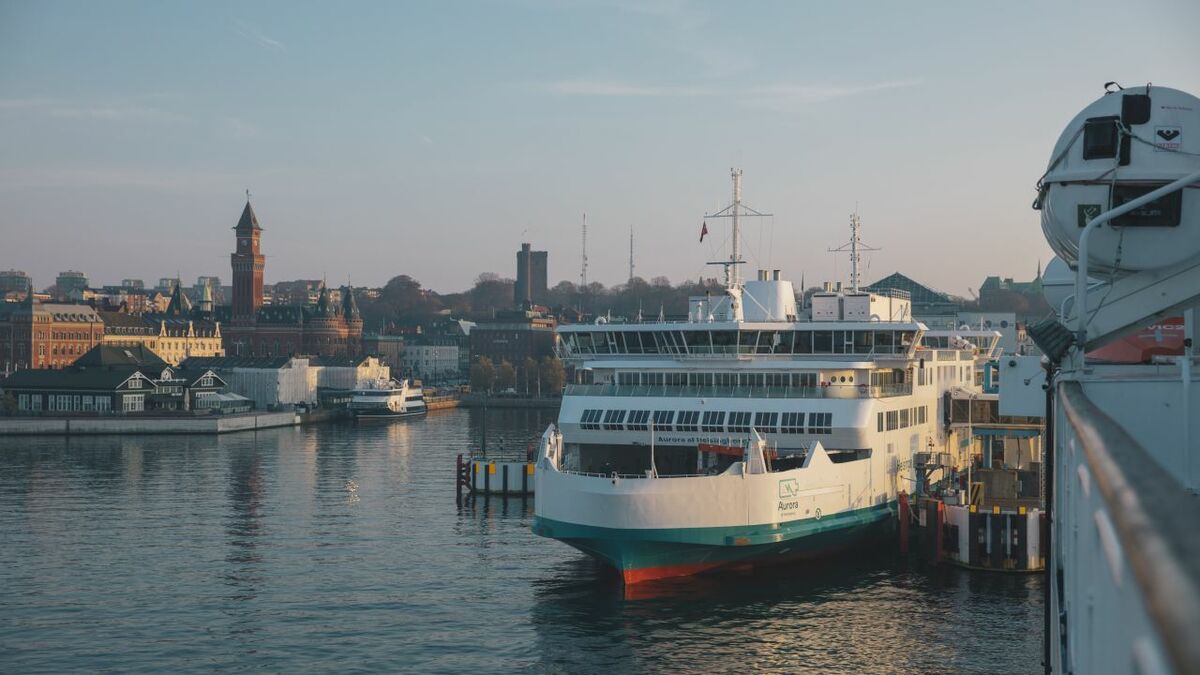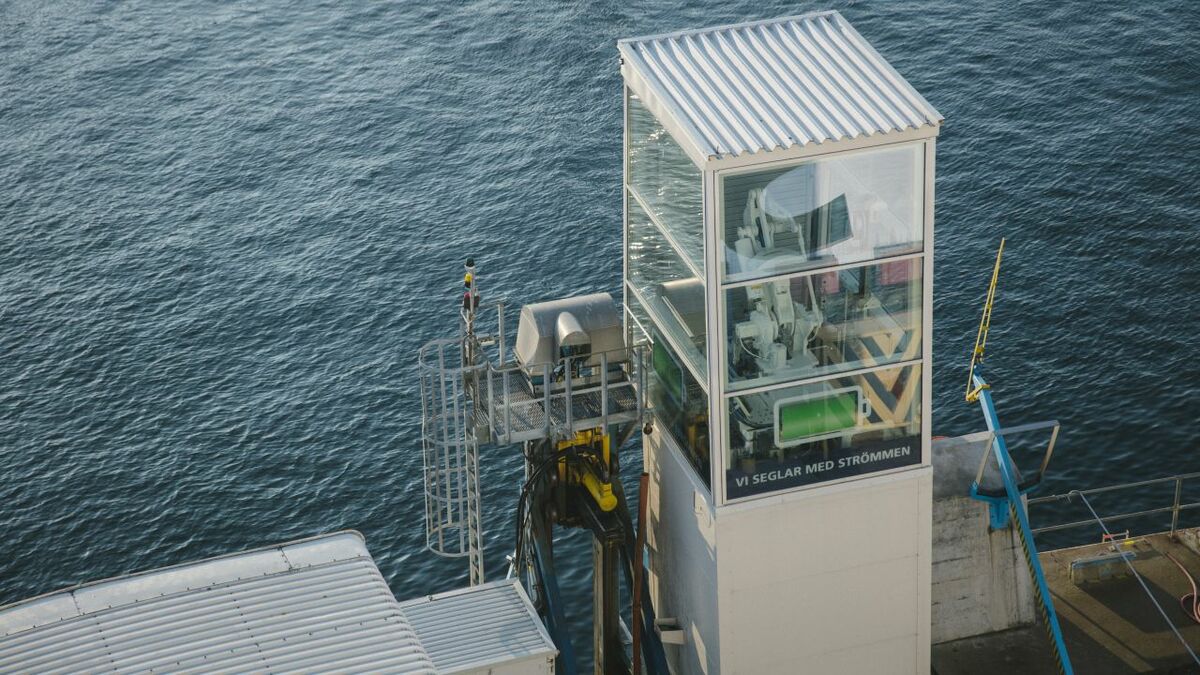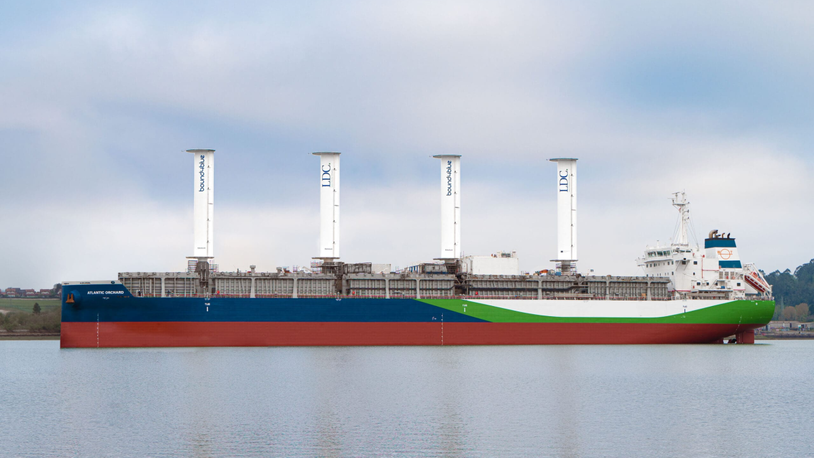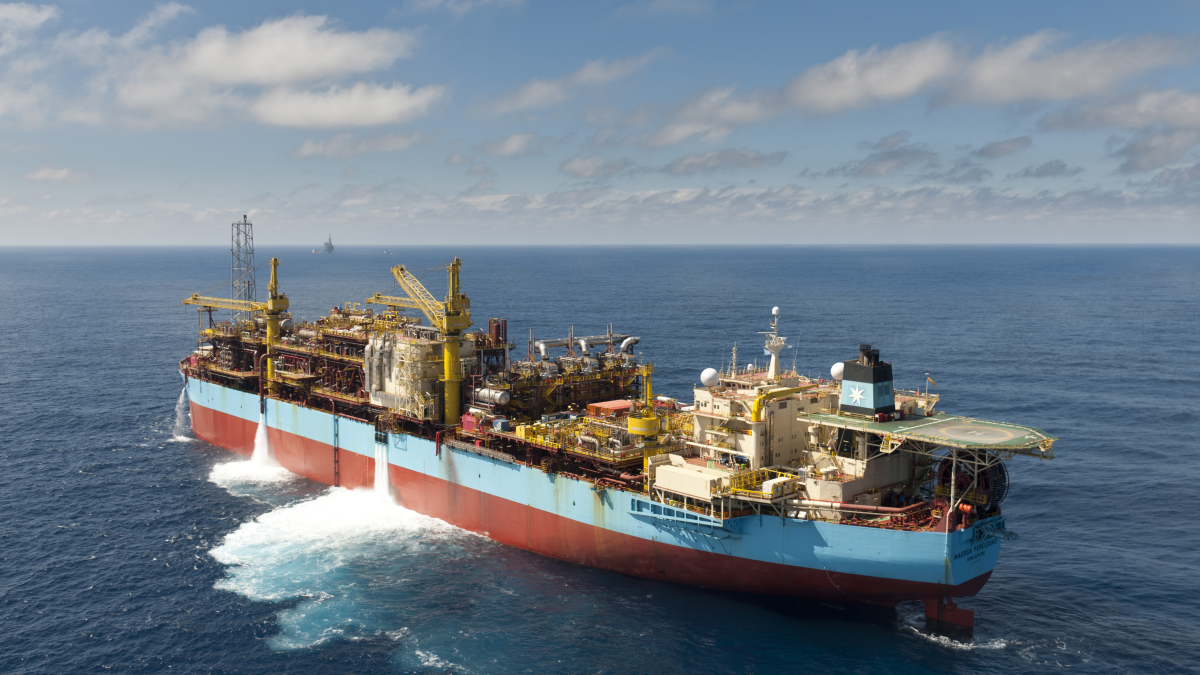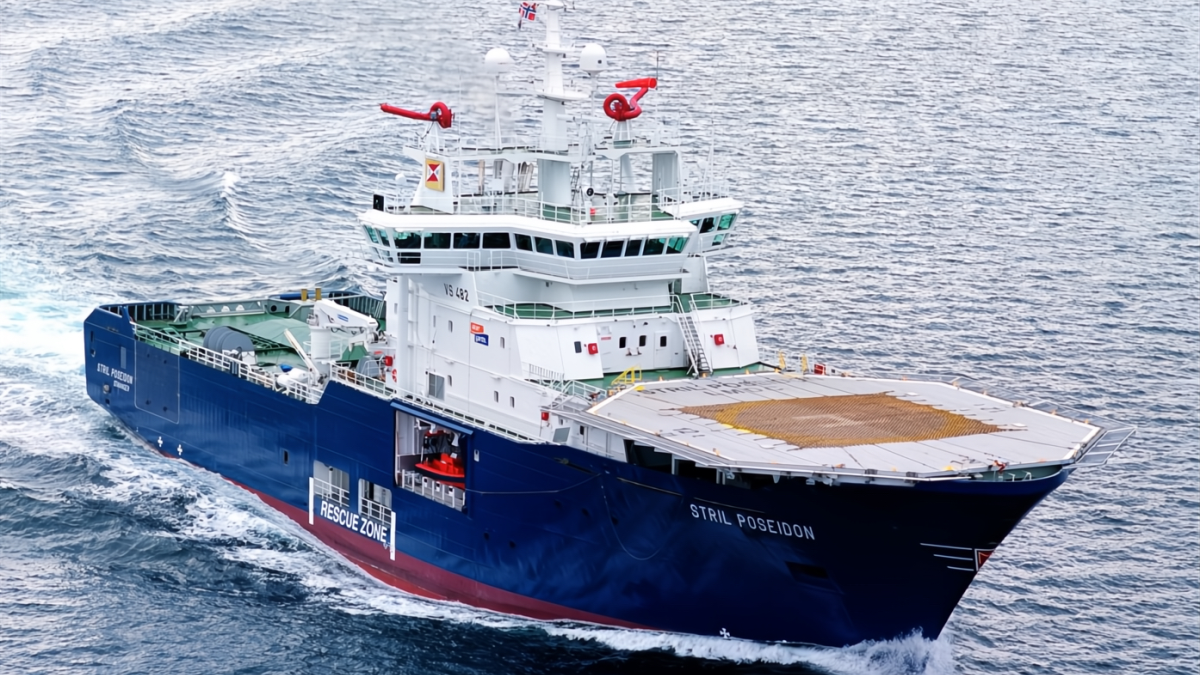Business Sectors
Contents
ForSea Ferries battery conversion: a ‘big little journey’
ForSea Ferries has led the way with battery conversions. Now its two retrofitted ferries have been in operation over a year, its chief executive reveals the challenges faced and achievements
ForSea Ferries has been at the forefront of battery ferry conversion and has built up operational experience after more than a year in operation.
ForSea Ferries chief executive Johan Röstin called the conversion of Tycho Brahe and Aurora ferries the “little big journey” in his presentation to delegates at the Interferry conference in London in October last year.
He explains “The journey is only 20 minutes and our competitor is a bridge 55 km away – that is our problem. We looked at how we could convert our company to be more CO2 neutral as a bridge is always polluting.”
Mr Röstin says since the bridge opened in 2001, ForSea has experienced a downturn in passenger traffic. But the company’s decision to convert two ferries will no doubt help; as he says “The younger generation is looking at how things will be in future, is it good to use a bridge or better to use something fossil free? That is our logic.” Indeed, he calls the company’s ferries a “floating bridge”.
Striving for zero emissions
He sums up “We are striving for zero emissions. It is not the easiest vision to have but it is necessary from our perspective. It is extremely important to make sure we can compete with the bridge in future.”
The route the ferries take between Denmark and Sweden is busy – there are 142 crossings a day, translating to 55,000 crossing annually. The ferries carry 7.1M passengers, 1.3M cars, 452,000 trucks and 16,500 buses a year.
Mr Röstin says “We focused on environmental issues for a long time, but the big changes were when we started this battery project, were sold in 2015 to infrastructure company and signed a turnkey contract with ABB.”
The first ferry to be converted, Tycho Brahe, was a diesel-electric ferry built in 1991. It became battery operated in December 2018. The next was Aurora. Mr Röstin comments “We learnt a lot when we converted the first ship, and when we took Aurora to service, it was more plug and play, it worked from day one.”
2018 was a significant year for the company as not only were the new batteries inaugurated, but the ferry operator changed its name from HH Ferries to ForSea.
Tycho Brahe and Aurora were converted from conventional diesel engine operations to battery power at Öresund Dry Docks. Converting these 100-m ferries, both built in 1991, required installing a 4,160-kWh battery, battery racks, energy storage control systems and ABB’s Onboard DC Grid power distribution technology on each vessel.
Additionally, ABB supplied automated shoreside charging stations using an industrial robot to optimise the connection time and maximise the charging period, leveraging 3D laser scanning and wireless communication between ship and shore.
INEA, the EU’s executive agency for innovation and network, supported the project with approximately Skr120M (US$13M).
Mr Röstin ran through the business considerations of the ferry conversions, explaining “There were two main considerations – economic due to high oil prices and minimising our environmental footprint. Our company wants a good return on investment, but due to unpredictable oil prices, this is difficult to calculate.”
Other issues included power infrastructure in the port, battery lifetime – since battery development is developing fast, tax on electricity and diesel. It was also crucial to maintain a high-frequency sailing schedule with a 60-minute turnaround.
A turnkey delivery was also an important consideration, and to achieve maximum environmental benefits ‘green’ electricity was needed. Indeed, the batteries are charged by green electricity from non-fossil fuel: wind, water and solar energy.
Describing the project, Mr Röstin explains there are 640 batteries per ferry, with each weighing 90 kg. The batteries are placed in four containers between the chimneys. If the batteries cannot be charged, the vessel can be run with hybrid or diesel operation.
The 640 water-cooled lithium Ion battery modules have a total weight of 57 tonnes, with a total weight for the installation of 270 tonnes.
The batteries are charged by a fully automatic laser-controlled robot arm, with a charge of 10,000 kW to the batteries. There are six to nine minutes of efficient charging for a 20-minute crossing. The average charging time is seven minutes, corresponding to 1,175 kWh.
There is a total capacity of 4,160 kWh. Mr Röstin says this “gives us surplus electricity in case we cannot load during a stop or if the transit takes longer than usual.
“The energy combustion when using battery operation is much lower compared to diesel, due to the efficiency of the power.” Diesel engines are kept as a back-up.
Mr Röstin told the Interferry audience “The capacity of 70 Tessler cars compares to our battery capacity. We charge for six minutes on the Danish side and nine minutes on the Swedish. The challenge for us is to make sure we have power and do it quickly as we have on average seven minutes to do the charging.”
A presentation on the ferry conversion by ABB explains that when it comes to the charging, there is one medium voltage shore connection switchboard in each harbour. There are two fully automatic ABB robotic systems in each harbour for the energy transfer.
The generators remain as back-up, with an energy storage of 4,160 kWh. Propulsion includes four 1.5-MW Azimuth thrusters.
ABB said in its presentation that the energy storage system was integrated with the existing infrastructure through a combination of distribution transformers, diode rectifier units and DC/DC converters, thus transforming the system into an ABB Onboard DC Grid.
There is a connecting cable while the ferry is making the final approach to the ramp to optimise the connection time and therefore maximise the charging period. ABB said there is a long lifetime for the robot and cable reel, while the tower moves vertically based on tidal water.
In terms of approval by authorities, as there were no rules for batteries at the time of the conversion, IMO Alternative design was needed, with 1455 Guidelines for approval of alternative design used. A design team consisting of all specialists was assembled and Lloyd’s Register was the class society used, while flag state authorities (DMA and STA) were used for approval.
Challenges of being a first mover
Speaking about the company’s experience of converting the ferries to battery power, Mr Röstin says “To be a first mover is time consuming… when we estimated man hours and overtime on ships, [we used] 750 staff when it came to scheduling the high season.”
Other challenges included the complicated approval process, using industrial technology in a maritime environment and that lithium battery handling requires specialist knowledge.
Mr Röstin adds “One reason there was a delay is that IMO did not have a regulation for using batteries as an alternative fuel. We pay VAT when we charge batteries on the Swedish side but do not pay with diesel, so a lot of things were difficult to sort out. From an HR perspective, more and more specialists became involved, so we did a lot more training. But it has been a huge motivator internally because we are the first ones in the world [to do this].”
Speaking about lessons learnt from the first ferry converted, Mr Röstin says “Aurora was charged 93% in August 2019 across all routes and crossings so it works. It has not been an easy project as being first in the world for this, there were a lot of hurdles we could see from the beginning of project.”
He sums up “But yes, it can be done and that was the biggest motivator internally and now everyone is looking for new ideas on how do more from an environmental perspective.”
Other positives include that emissions reduced by 50% in Q1 2019. Furthermore, a welcome benefit of using the batteries is reduced noise and vibration, including underwater, of the ferries. Mr Röstin says “Vibrations were a lot less than before so there is a better working environment and we are filming under ships [to look at the effects] on water inhabitants. We have dolphins in the strait we cross, so this is a positive effect of the project.”
The amount of energy being used was a big focus for ForSea. Mr Röstin says “Everybody talks about what it costs to bunker, and we need some sort of energy. Today everyone’s focus is on batteries to bring down pollution, but for us the first thing was to bring down amount of energy we were using – the big thing is energy.”
The company invested in new computer systems to measure the battery energy used by the ferries, which calculated the energy consumption decreases in transport between the two cities totalled between 6-9%. Mr Röstin underlines “First we had to bring in the batteries, and then saving energy as that is the big trick.”
ForSea is looking at how to be as green as possible and to this extent is looking into its food and beverage retail,“being as green as possible” and carrying out local sourcing.
Mr Röstin sums up “Our beloved floating bridge: the always moving silhouette is a proud symbol of possibilities and development, connecting people and businesses from two countries, keeping the wheels turning now and tomorrow. It promotes integration and growth in the region, is operated by 750 employees, generating up to 2,000 jobs in the region.”
Tycho Brahe
Built: 1991
Length: 111 m
Width: 28 m
Draught: 5.3 m
Car capacity: 238
Passenger capacity: 1,100
Lane m: 539 m
GT: 11,434
Aurora
Built: 1991
Length: 111 m
Width: 28 m
Draught: 5.3 m
Car capacity: 238
Passenger capacity: 1,250
Lane m: 539 m
GT: 11,046
Related to this Story
Events
International Bulk Shipping Conference 2025
Tankers 2030 Conference
Maritime Navigation Innovation Webinar Week
© 2024 Riviera Maritime Media Ltd.


